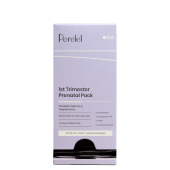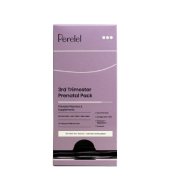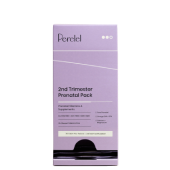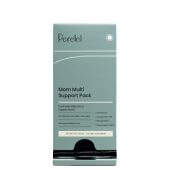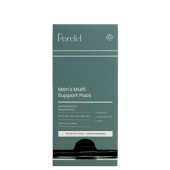The second trimester brings many joys. You can expect to have more energy as your body accommodates to this new normal, your nausea may improve or dissipate altogether, and you also will begin to feel your baby’s movements. It is also a period of great growth for your baby as he or she strengthens, lengthens, and continues to build those organs, muscles, bones, and nerves. It is not uncommon to feel moody, perhaps tearful at times. This is due to the high levels of progesterone and other hormones that your body continues to produce, which affect your physical and emotional experience of pregnancy. These hormones can affect your muscles, joints, hair, skin, and nails in different ways. Here is an overview of what you can expect in your second trimester.
Stretch Marks
Stretch marks are a common occurrence when the body is experiencing rapid changes in growth. They may occur anywhere on the body but are most often seen on the abdomen, back, thighs and buttocks. You are more likely to experience stretch marks if you have a family or personal history of stretch marks, if you are obese, or gain a lot of weight quickly in pregnancy. These can often be a source of distress, but rest assured they will fade over time. You can help fade stretch marks with treatment after pregnancy, when it is safe to do so, by using retinoid creams or laser treatments. The safety of using moisturizers containing cocoa butter, which contains caffeine, has been raised as a point of concern due to the suggestion that the caffeine contained within can be transmitted to the fetus and lead to an irregular fetal heartbeat. There are no definitive studies proving causation, but discussing the use of this product with your physician is advised.
Darkening of the Skin
Darkening of patches of skin called melasma, also known as “the mask of pregnancy,” may occur near the eyes, nose, upper lip, the pubic hairline, and nipples. It may also be seen on the inner thighs, neck, and perineal area. While the exact cause is still unknown, it’s thought to be due to estrogen stimulation of the melanocytes, the cells which produce skin pigment in pregnancy. To manage, use sunscreen to prevent further skin pigmentation. The pigmentation usually resolves after birth over time, but can also be helped with treatment after pregnancy.
Weight Gain
The old phrase “eating for two” is sometimes misinterpreted as the need for a woman to eat twice as much. But you should actually focus on the quality of the food you’re eating over the quantity. It is true that pregnant women have an increased calorie requirement, but the actual increase in caloric requirements is quite small. In the second trimester, you need an additional 340 calories per day. And that additional intake is best obtained by a balanced diet of protein, fat, and carbohydrates. The goal is a well-rounded, nutritious diet to support the growth of you and your baby.
Other common symptoms that come up in the second trimester include healthy hair and nails that grow fast, back or pelvic pain due to the increased weight you’re carrying, nasal congestion caused by an increase in swelling due to hormonal changes, nosebleeds or bleeding gums, constipation, and acid reflux or heartburn. All of these changes are normal but your healthcare practitioner can help recommend solutions to help manage any discomfort.
How are you feeling at your second trimester? Tell us—join the Perelel community on social or subscribe to our newsletter.
1 Ajog.org.
2 Harvard.edu.
3 Healthy weight during pregnancy. Eatright.org.
This article is for informational purposes only. It is not, nor is it intended to be, a substitute for professional medical advice, diagnosis, or treatment and we recommend that you always consult with your healthcare provider. To the extent that this article features the advice of physicians or medical practitioners, the views expressed are the views of the cited expert and do not necessarily represent the views of Perelel.












